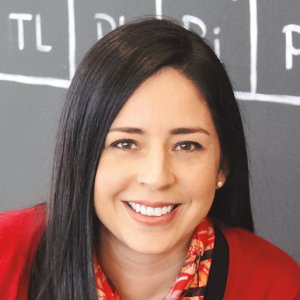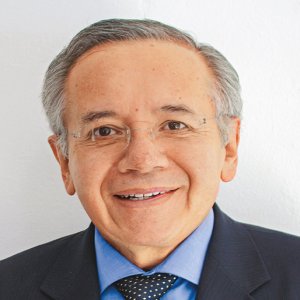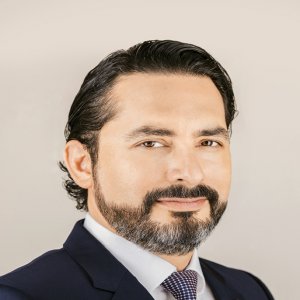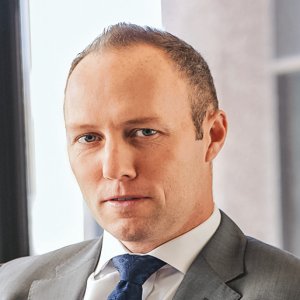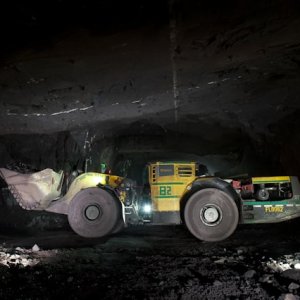Mexican Mining Targets International Standards

STORY INLINE POST
In March 2019, Undersecretary Quiroga stated that Mexico will have “qualified persons” who can certify international Mineral Resource and Reserve Reports in the near future. To achieve this, Mexico must join the Committee for Mineral Reserves International Reporting Standards (CRIRSCO) and Vice President of Mining at Gustavson Associates Donald Hulse says that timely success will hinge on getting every detail right. “The objective to coordinate all reporting standards will benefit international investors by enabling them to compare projects and jurisdictions to find the best places to invest.”
While many projects in Mexico already follow Canadian standards, given the high percentage of Canadian investment in the country, membership in CRIRSCO would open up a world of possibilities for Mexican engineers. “Acceptance as a National Reporting Organization (NRO) by CRIRSCO would enable Mexican professionals to be recognized as compliant in international standards and hence be able to sign mineral reserves reports,” Hulse says.
Hulse was recently appointed as the CRIRSCO representative for the US Society of Mining Engineers but even before then he was working with Mexican officials to have the country join the committee. “I have been collaborating with CIMMGM over the years because joining CRIRSCO takes a significant effort,” he says. “The AMLO administration, in the words of the Undersecretary of Mining, is actively promoting this effort. But we must combine the government’s will with the technical professionalism of the mining engineering society to achieve this common goal.” For the initiative to work, Hulse says that all mining parties must accept CRIRSCO. It would be useless to join the organization and have the country’s stock exchanges not acknowledge its standards, for example.
Hulse adds that the government’s intention is to integrate Mexico into this organization, with all its implications, within a year. “The Mexican government is attempting to be more aligned to the principles followed by CRIRSCO but also to communicate that Mexico is working toward a similar set of practices as those followed internationally.”
Hulse will also play a key role in this initiative through his position at Gustavson Associates. “We will help ease the transition for companies facing a change in their requirements due to joining of CRIRSCO.” Since 2009, more than 50 percent of Gustavson’s mining revenue has been derived from its projects in Mexico.
The firm also specializes in international reserves reporting for stock exchanges. “This is valuable for mining companies as they need these reports to obtain financing,” Hulse says. It also conducts operational and technical audits for companies to show them ways to improve productivity and achieve cost-savings. “We like to be involved in efficient and well-run operations. We believe that companies can see the benefits of working with us directly in their bottom line. If the company operates more efficiently, there is a direct financial benefit.” Gustavson also provides a due-diligence review for M&As and is performing this service for two projects in northern Mexico. This broad expertise grounds Hulse’s belief that creating a feasible operation goes beyond having accurate reporting. “You also need the legal certitude that permits are obtainable, to develop the community relations to ensure social license and to assure that the project can meet WBG and IFC’s environmental standards in order to obtain financing for it,” he explains.
Hulse is also concerned about the path that miners follow when undertaking projects. “Good basic geology and engineering work seems to get lost when developing mining projects.” He says that there is a great deal of public attention on financing and on who invests where, prompting people to follow the money. “Investors often want to bet on a certain region without really understanding the projects.” Technology and innovation are also hot topics that Hulse says must align with the particular characteristics of the mining industry, specifically understanding that the sector usually works with limited data. “Good basic geology to build the most accurate models is the key to making better decisions,” he says. “At the end of the day, the goal should not be to have the mine with the highest grades but to know the grades as well as possible so the decisions related to shareholder money are correct.”


